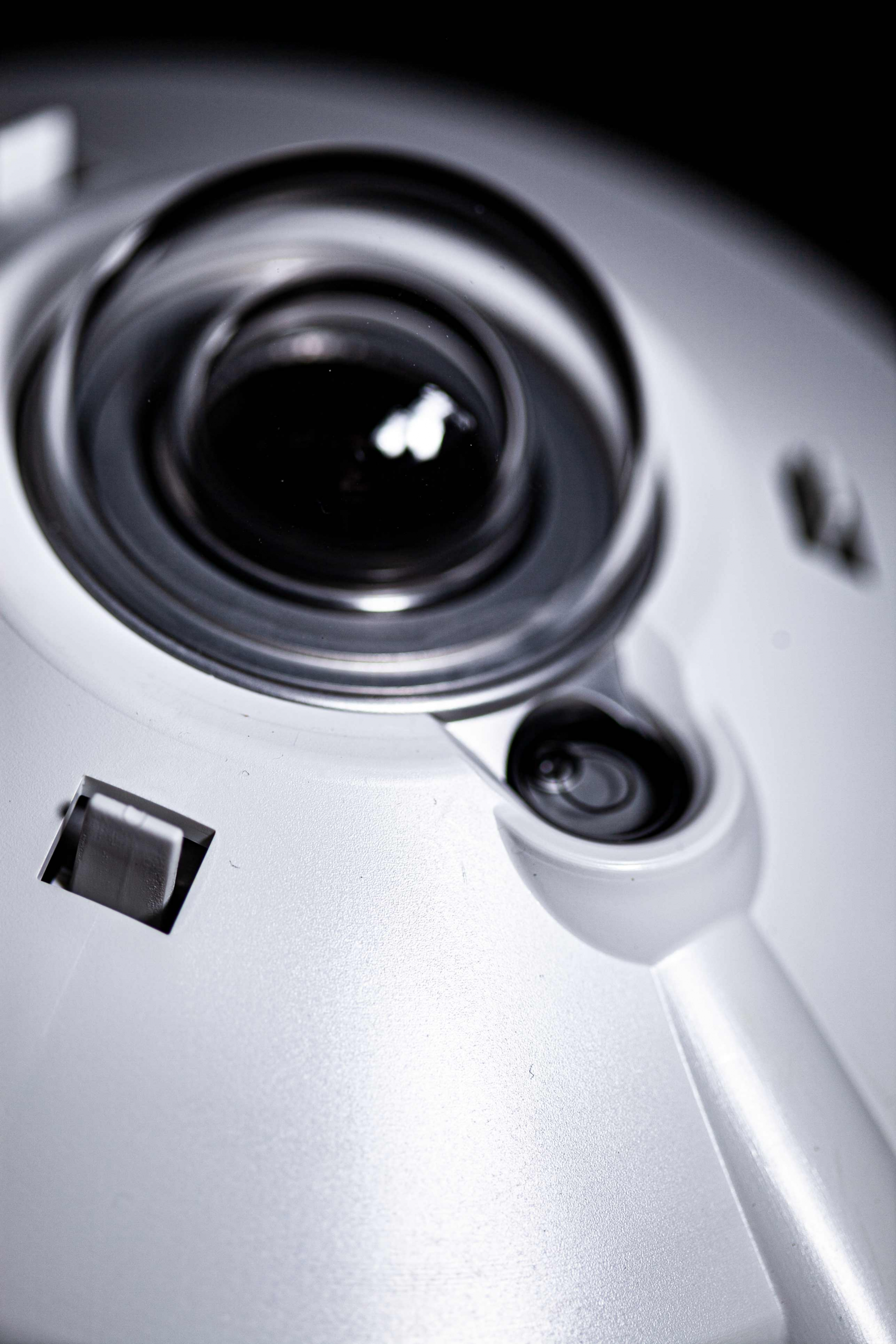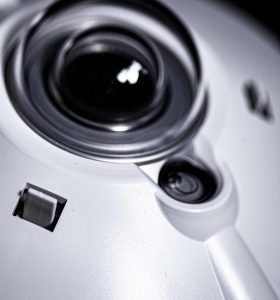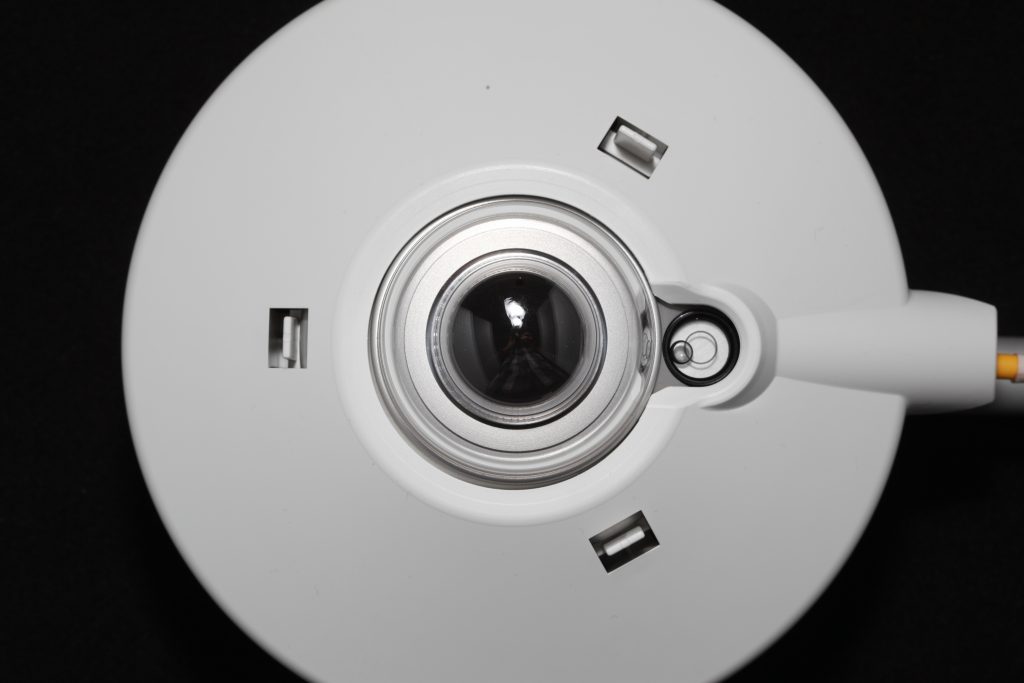
In the Kipp and Zonen range of thermopile pyranometers there are over 80 variations to choose from, this can make choosing the correct pyranometer a little daunting at first. Add in silicon pyranometers, cable lengths and accessories the number of choices and combinations increases to the thousands, thankfully colour options are not available.
To help guide you in choosing the correct pyranometer, ESS Earth Sciences have broken down and explained the primary categories and their meanings. However, we would still encourage you to contact us to discuss your requirements in more detail.
Note: Between the models, there are absolutely zero trade-offs in quality. Price is not an indication of quality with Kipp and Zonen products. With decades of experience, Kipp and Zonen have field-tested pyranometers in some of the world’s harshest environments.
CMP vs SMP
In summary
SMP pyranometers can output a serial signal (RS485 Modbus) as well as an analogue or voltage (more on this later) though only one at a time, they can integrate into a SCADA system. Whereas the CMP pyranometers only output an analogue voltage signal of 10 millivolts, a data logger is required.
In depth
Put a CMP and SMP pyranometer side by side and you would not be able to tell the difference. However, break one open (please don’t do this) and the difference becomes apparent.
The CMP was Kipp and Zonen’s original pyranometer. The CMP’s thermopile sensor converts solar irradiance received into an electrical charge. Even on the sunniest day, the output would only reach 10 millivolts.
SMP Pyranometers are ‘smart’ versions of the CMP. Inside an SMP are a microchip and temperature sensor. Together, these calculate solar irradiance with better temperature correction and output a digital signal (RS485 Modbus). SMP’s can easily integrate into a SCADA system. However, they are capable of outputting an mA or mV analogue signal also.
Powered vs Un-powered
In summary
CMP series do not require power to operate. However, recording of the signal requires a sensitive data logger. SMP pyranometers require a power source of between 5-20 VDC, this is provided through the standard 8 pin cable rather than a separate supply.
In depth
CMP pyranometers generate their own power, although this is at most, 10 millivolts. The power generated is directly proportional to receive solar irradiance. It is transmitted as a signal to the data logger, where conversion is needed. This option makes CMP an ideal solution for installation in remote sites with limited power availability.
SMP pyranometers require power, usually supplied when integrated in to a SCADA system.
Accuracy
In summary
Thermopile sensors provide better accuracy than silicon sensors.
The higher the number in the Kipp and Zonen range the better the accuracy, the SMP10 and SMP11 are exception to this rule (see article here on the difference).
The larger the cost benefit of better accuracy is, the more accurate your pyranometer should be. However, this needs to be assessed against area coverage.
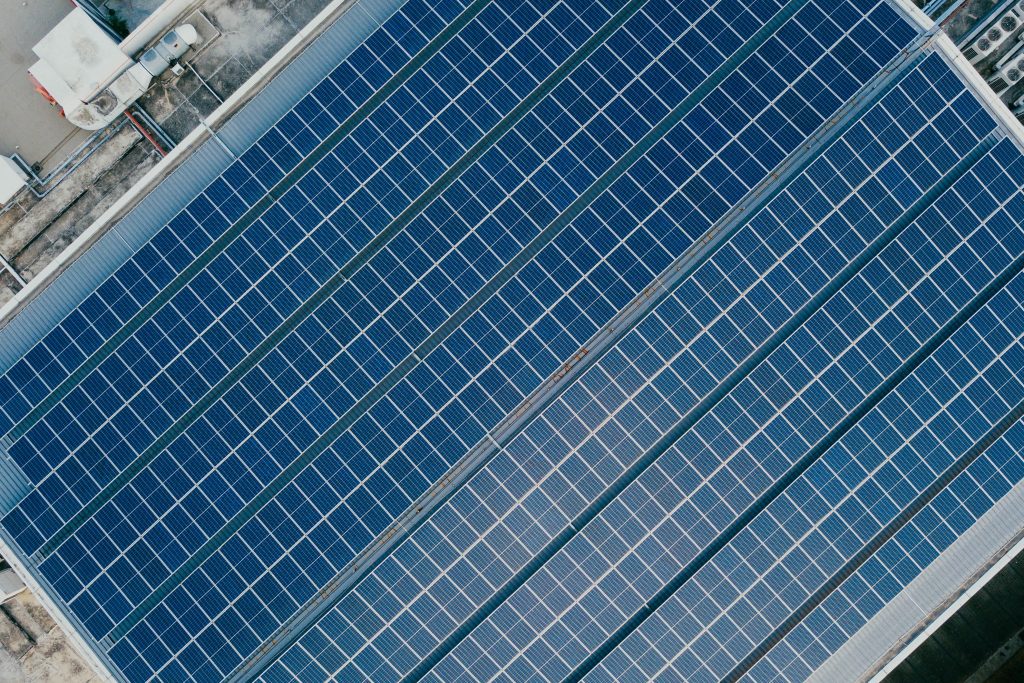
In depth
In a world where data is king, you must know the cost implications of data accuracy when choosing the correct pyranometer. While ‘price’ is dirty word when purchasing an item, it is an important consideration. This article will correlate Price and Accuracy for choosing the correct pyranometer.
It goes without saying, that greater accuracy, sensitivity and functionality requires more advanced components, algorithms and programming. In turn these demand a greater price. It is important to consider carefully the application of the pyranometers and how their data can affect PV array performance.
For example, if you have a small residential solar panel array spending several thousands of dollars on a Class A pyranometer such as SMP10 or SMP21 may be overkill. The data acquired may be nice to have for some. However, it could not be utilised sufficiently to optimise the positioning, cleaning and monitoring of the panels to a point there is a financial gain.
Large Scale Solar
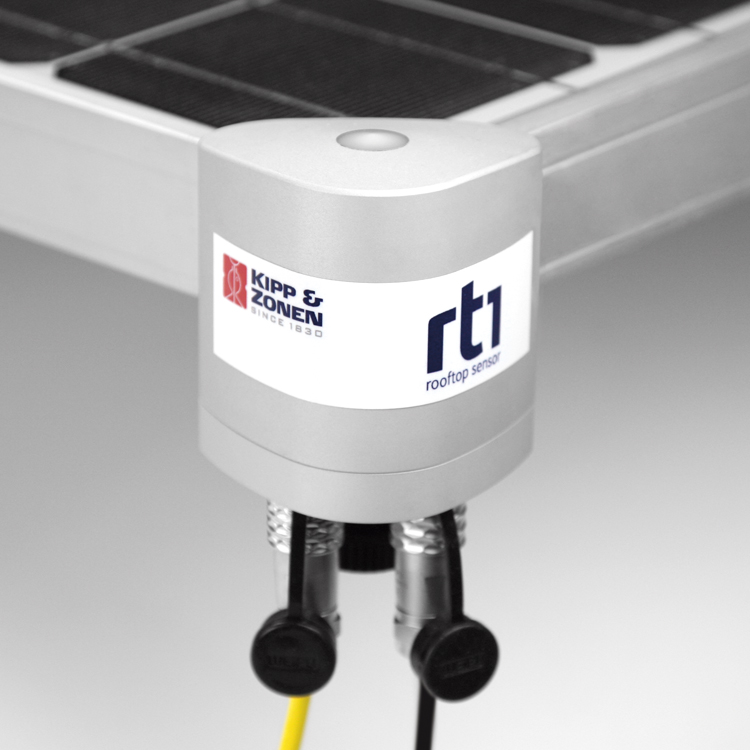
Conversely, with large scale solar farms such as the Darlington Point solar farm, accurate, to the second data is critical. The area that large solar farms cover means solar PV panels will perform differently depending on their location. For example, some areas may be prone to dust accumulation, hotter temperatures, or shading from surrounding features, all are factors which alter performance. Knowing which areas are performing well and which areas are not, allows the farm operators to schedule maintenance accordingly. Thus, ensuring the panels and the overall farm are always perform optimally.
However, again choosing the correct pyranometer for a large solar array needs to account for the coverage of data. For example, installing a single SMP22 pyranometer (highest quality and most accurate pyranometer commercially available) would yield less than installing 2-3 SMP10 pyranometers (incredibly accurate, but not quite to the SMP22 level) spread out around the solar farm.
Rooftop Solar
This isn’t to say that smaller installations won’t benefit from data. The ever-growing commercial rooftop sector can benefit greatly from even low-resolution data. Pyranometers such as the Kipp and Zonen RT-1 offer a low-cost method of measuring and monitoring solar irradiance. Operators can compare this data with the expected PV panel outputs to look for discrepancies that indicate failing or dirty panels. As a bonus, the RT-1’s even come with a rear of module temperature sensor.
Ultimately, for large solar installations the SMP10 is the best choice. Smaller installations may choose to utilise the SMP6. Rooftops should consider a CMP/SMP3 or RT-1.
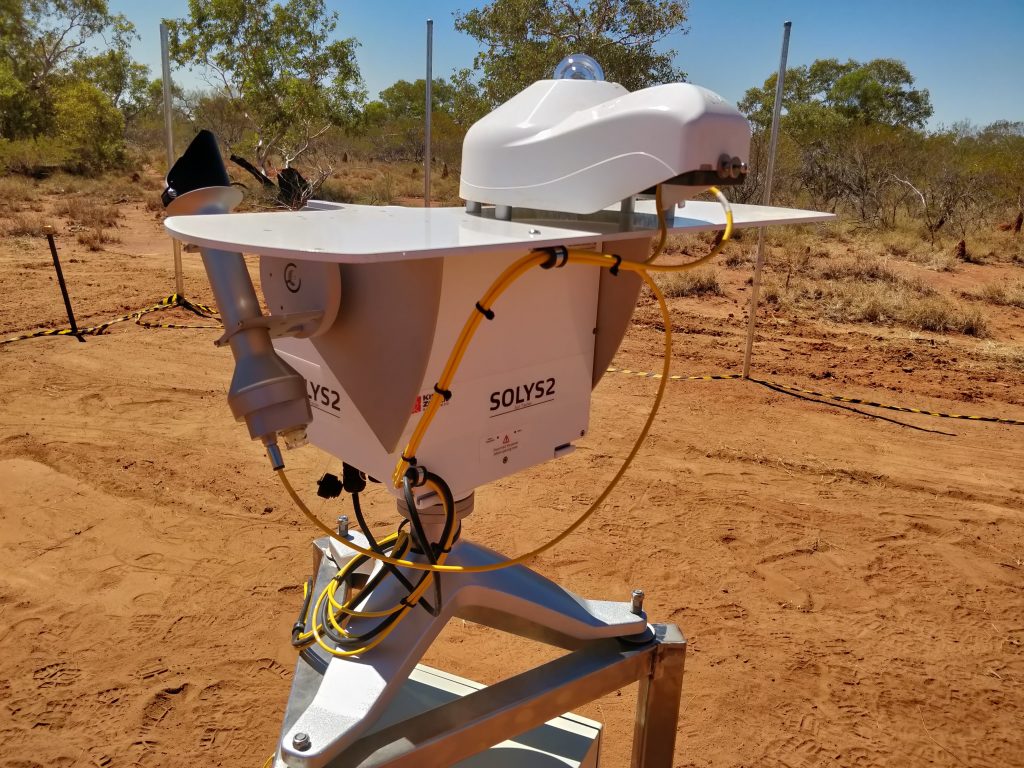
Ventilated vs Unventilated
A simple choice on the whole. Consider a ventilator if exposure to frost, snow or dew will occur. A ventilator will reduce dust settling and will melt frost and thin snow, leaving the dome free, it will also reduced zero offsets.
Large solar farms require a ventilator to comply EC 61724-1: Photovoltaic System Performance Monitoring standards when using a Class A pyranometer.
As you can see from the above choosing the correct pyranometer is not a simple task. Covering cable length and the various wave lengths would add a layer of complexity which the scope of this article cannot cover. If you are searching for a pyranometer please contact us so that we can help guide you on items not discussed in this article.

